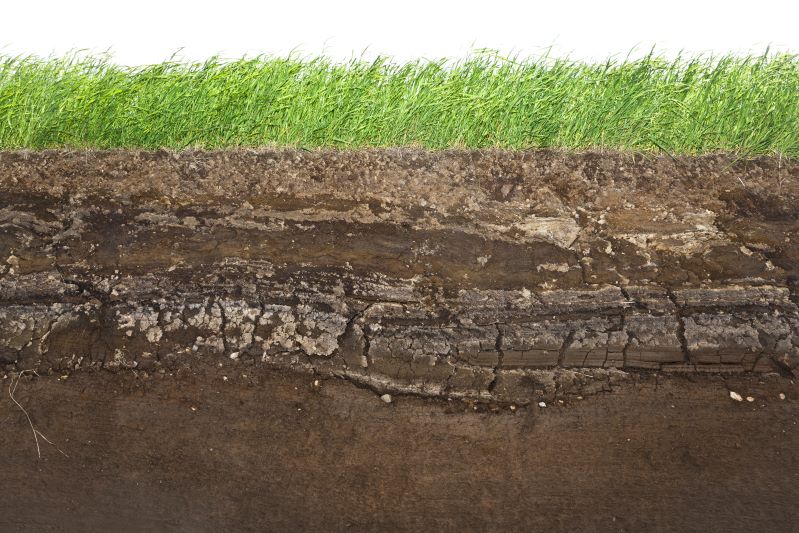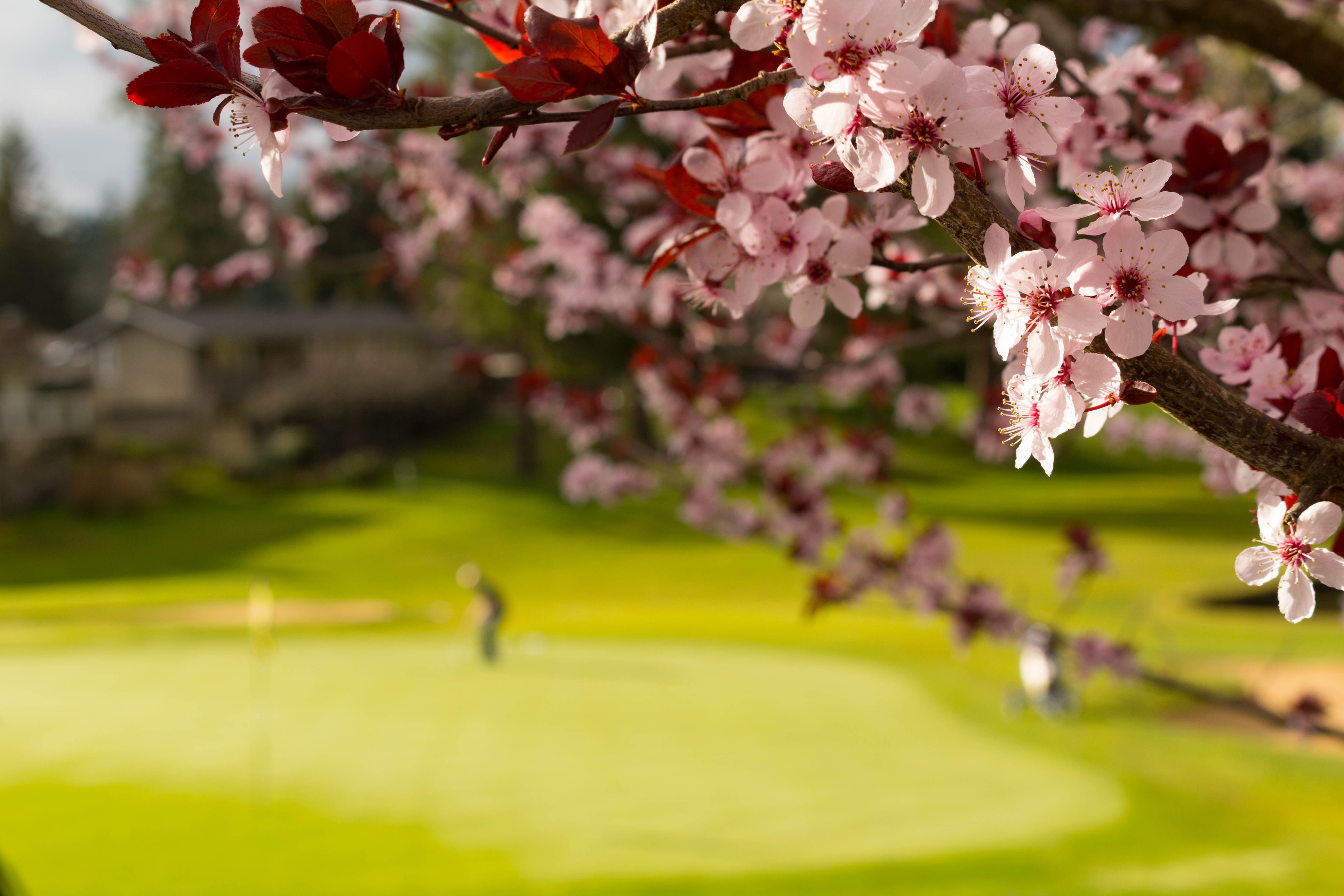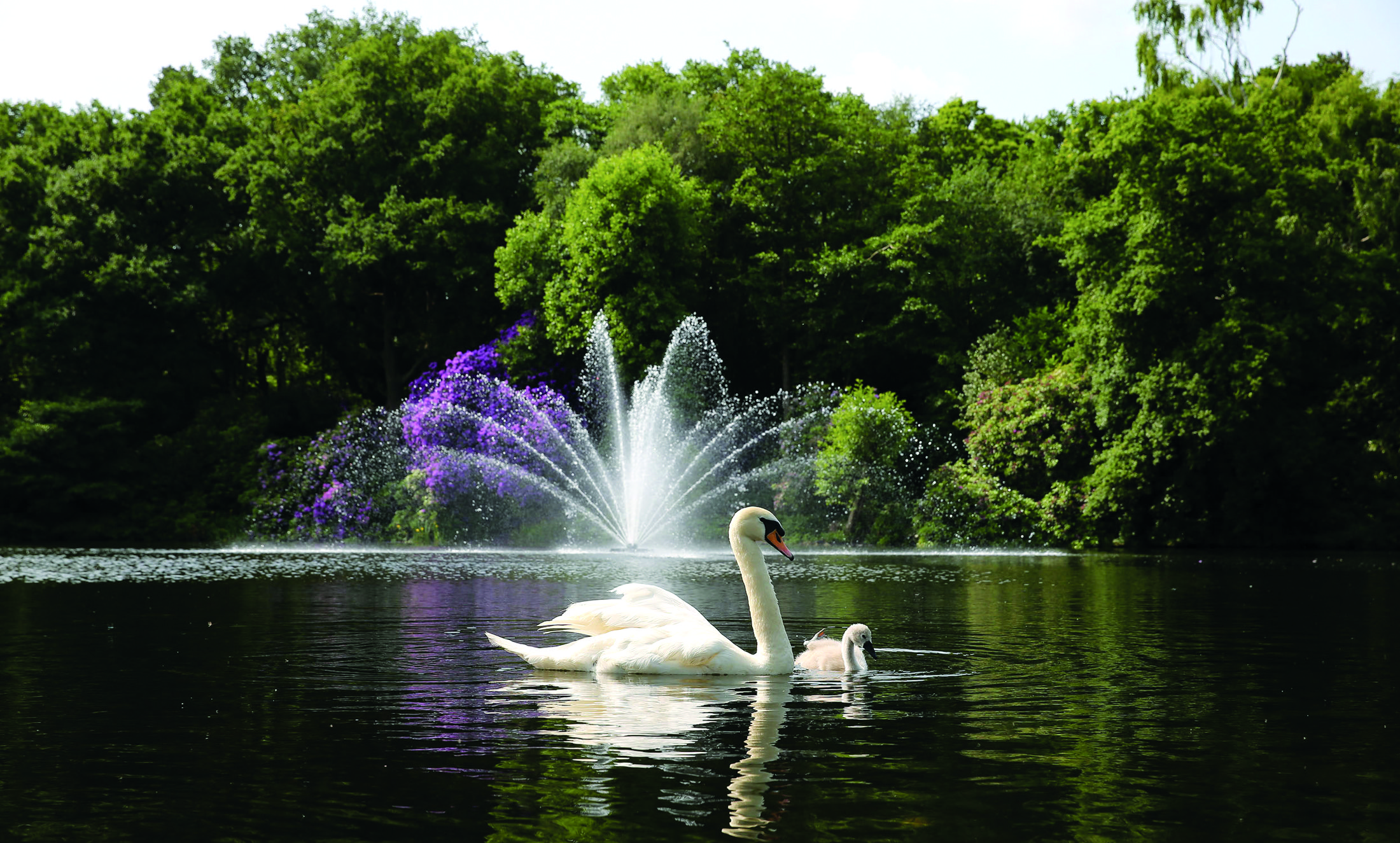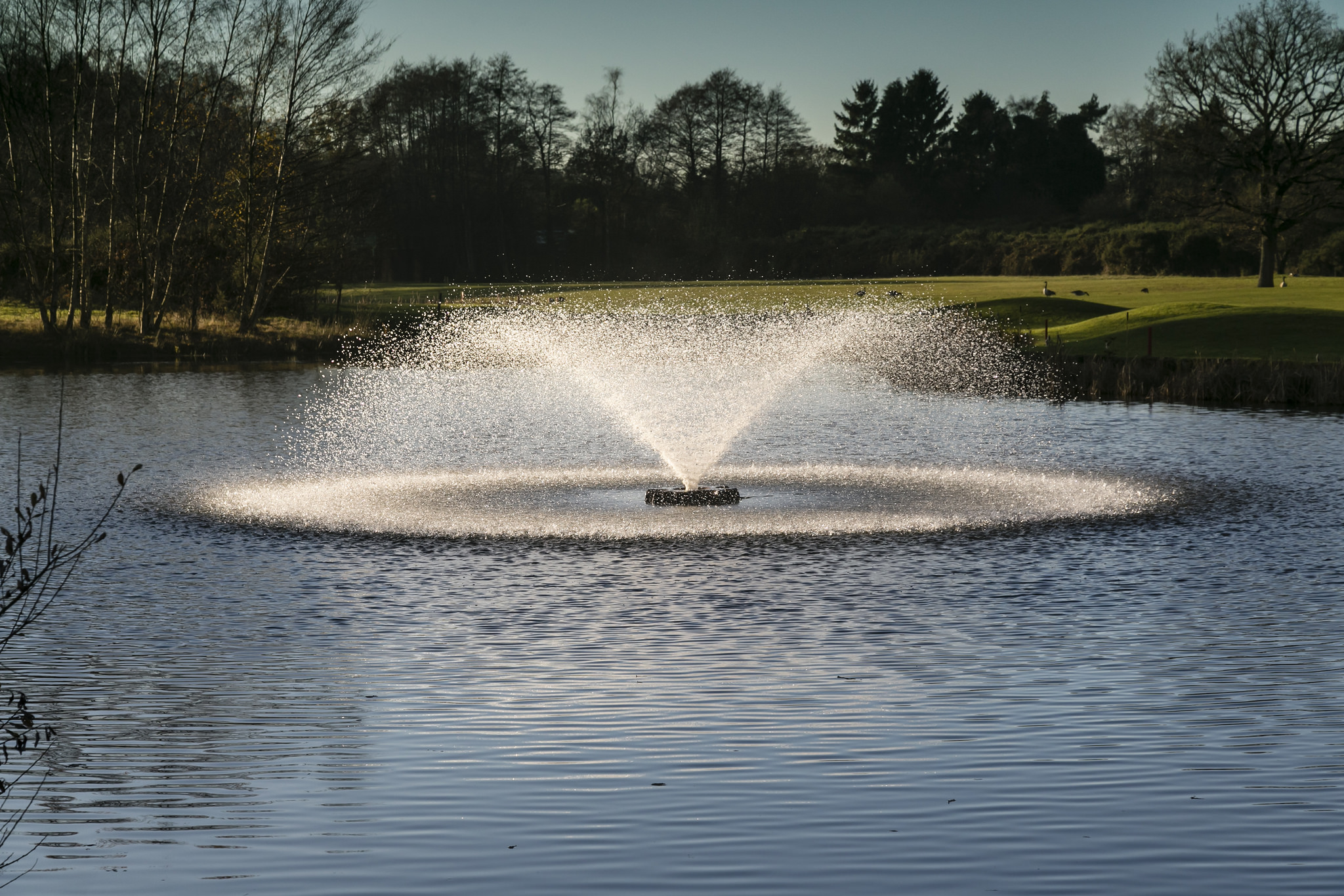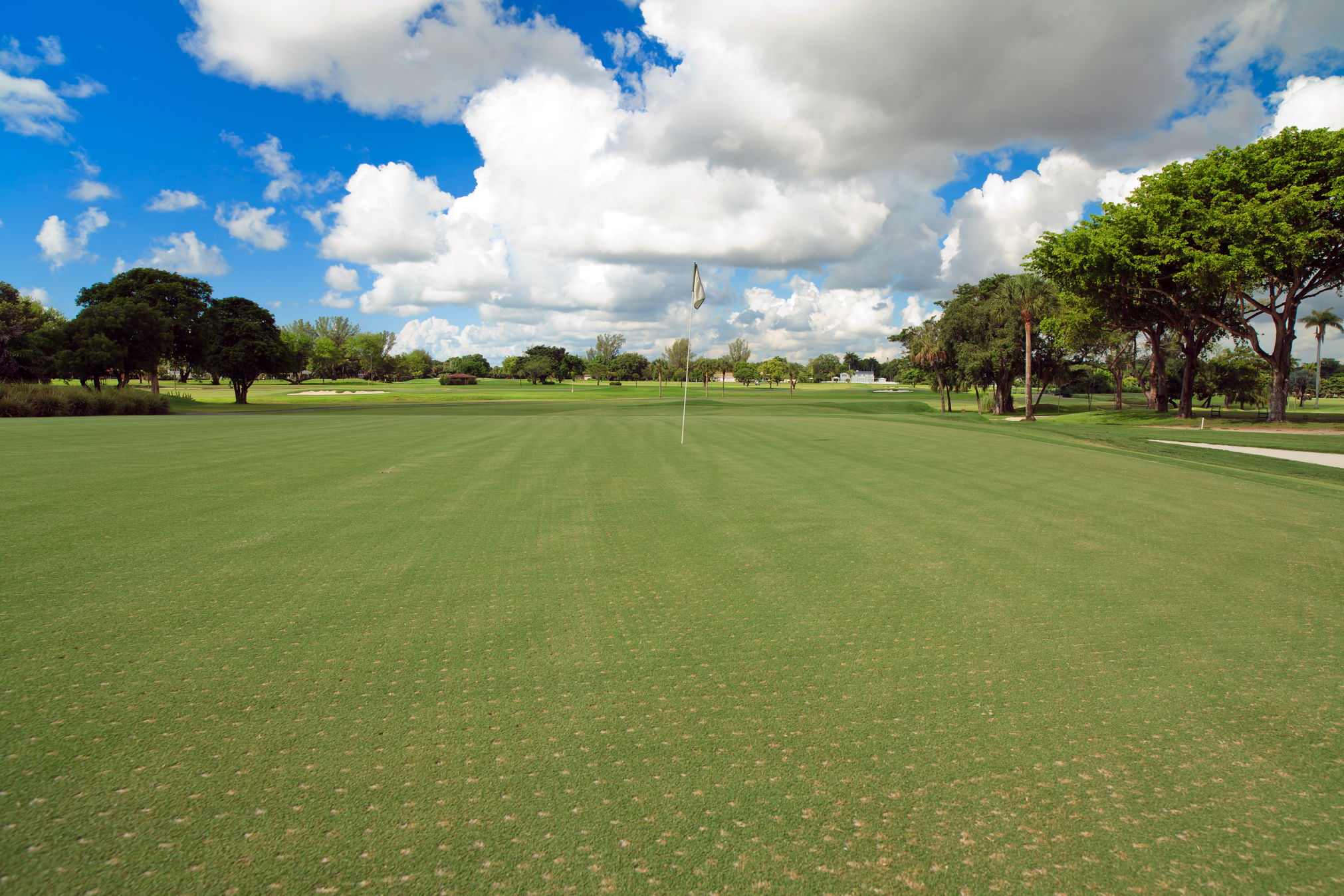- CONTACT US
- MOWERS
- VEHICLES
- APPLICATION
- Golf
- AERATORS
- VEHICLES
WATER EFFICIENCY: STAYING GREEN BUT USING LESS WATER
CONTENTS
FEATURED STORIES

Reesink Turfcare
Reading time: 10 minutes
Inside Water Efficiency
Water is a natural resource in limited supply according to the UK’s Environment Agency, who warns the UK could face severe water shortages by 2050 if action is not taken to conserve supply. Therefore, as an essential resource to maintain the health and playability of a golf course, irrigation is fast becoming an area of focus and investment for golf courses across the UK.
Here we discuss the measures clubs can take to ensure they are irrigating responsibly in light of water conservation.
Reports say that by 2030 temperatures will have risen to 1.5ºC above the average of the pre-industrial era, the threshold long cited as the tipping point for calamity. The effects of this steadily increasing temperature is something we witness every year with drought fast becoming a norm for summer months in the UK.
Most clubs are in a position where they need to think seriously about the most resource efficient way to water their greens. Golf course managers are looking for irrigation systems and irrigation practices that can balance the needs of water conservation while providing greens with the hydration it needs.

Precision is key
Golf has come a long way from its Scottish origins when it was left to sheep and rain to mow and water the grass, a quality irrigation system is top of the agenda when it comes to keeping courses healthy and doing it responsibly. Although a large initial investment for a club, investing in water efficient technology is not only more sustainable but can be cost-effective too over time.
Sprinkler precision is an effective way that clubs can limit their water usage without affecting the overall quality of irrigation.
Sprinklers such as the Toro Infinity series allow for maximum distribution uniformity and adjustability to alter coverage seasonally, meet water reduction mandates and separate irrigating between turf areas. With technology such as this, there’s even the option of sprinklers which are ideal for bunker surrounds that don’t waste water throwing it into the bunkers and have rotation to slowly apply water where runoff is a concern.
Club's may also choose to invest in internal retrofit kits designed to immediately upgrade and update older and other branded sprinklers to Toro's most advanced technology to achieve a desired level of precision.
Also available are central control systems such as Lynx that provide access to real-time course information, precision control options, and convenience through mobile connectivity to better manage turf health and water resources. Through this technology golf courses can be more precise with their irrigation, cut costs and work towards greener business operations.

Water monitoring
In order to get a good understanding of what irrigation equipment and technology you might need to save water, first clubs need an in-depth understanding of exactly how much water they're using in the first place, where it's going and how the ground is receiving it.
Considering that it is estimated by the GCSAA’s Golf Course Environmental Profile that golf courses in some areas of the world can use around 490 cubic metres of water day in the hotter summer months, monitoring water usage over a length of time and regularly reporting the findings in an irrigation audit can dramatically help clubs to plan and subsequently meet water reduction goals.
A logical place to start an audit is to map the location of available water resources around the course, determine your current water use per acre and note the efficiency of your current irrigation system in different areas of the course, followed by measuring the moisture levels in the root zone via soil moisture sensors. Irrigation should be applied according to soil moisture values, ambient weather conditions and forecasts rather than just regular irrigation windows.
Toro's Turf Guard wireless soil monitoring system measures and reports soil moisture, temperature and salinity. The real-time data can help course managers to make more informed decisions on when and how much to water, ensuring healthier turf without over or under watering.

Alternative water sources
Water conservation isn't just about saving water, it's about looking to see where it's being sourced from and evaluating ways in which it might be recycled. Looking at alternative water sources to use for irrigation purposes may help to safeguard your golf course from future legislation.
With changes to the climate seeing increased rainfall events during the winter months, clubs can take advantage of this phenomenon by harvesting this increased rainwater to use during the summer when water may be limited.
Drainage pipes can be connected to storage areas such as specially designed rainwater capture lakes or existing attenuation ponds to supply irrigation systems during heavy rainfall. This practice is commonly used around Europe and in various commercial grounds around the UK, so it stands to reason that golf clubs can follow suit.
Greywater recycling is another sustainable source to pull irrigation water from. It involves directing effluent water from the likes of the clubhouse that has been treated and disinfected back into the golf course. In fact in California, approximately 33 percent of clubs have turned to reclaimed water for irrigation purposes. This process alone can reduce annual water use by 90 percent. The effect of this can be made even more impressive if the water is then applied to the course by Toro technology making sure it goes further.
To learn more about how Reesink Hydro-Scapes and Toro technology can support your club and golf course in conserving water, call 01480 226800 or visit reesinkturfcare.co.uk
Reesink UK LTD | 1-3 Station Road, St Neots PE19 1QF | Registered in England
Reesink UK LTD is authorised and regulated by the Financial Conduct Authority.










